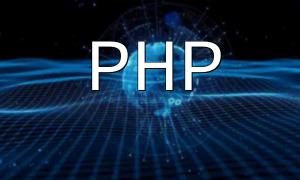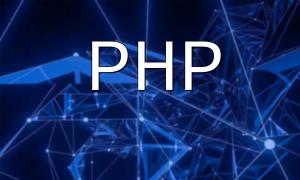With the rapid development of the internet, PHP has become one of the most widely used programming languages. PHP7, as a major version upgrade, significantly improves performance and introduces numerous new features. This article will dive into the low-level development principles of PHP7, particularly focusing on the implementation mechanisms of object-oriented programming (OOP) in PHP7.
The Zend Engine in PHP7 is responsible for executing PHP code. It serves as the core engine that parses and executes PHP source code. PHP7 has optimized the Zend Engine, especially with regard to memory management, by adopting more efficient algorithms, significantly improving PHP’s performance.
Object-Oriented Programming (OOP) is one of the most important features of PHP7. It allows developers to organize code through classes and objects. In PHP7, a class is an abstract data type that encapsulates properties and methods, while an object is an instantiation of a class. The core idea of OOP is to modularize code through concepts like encapsulation, inheritance, and polymorphism to make it more reusable and maintainable.
In PHP7, a class is defined using the class keyword. The properties within a class can be public, private, or protected, while methods are functions used to perform specific operations. The inheritance mechanism allows subclasses to inherit properties and methods from parent classes and override them to customize functionality.
Objects in PHP7 are instantiated using the new keyword. When an object is created, PHP invokes the constructor of the class to initialize the object's properties. Properties and methods of objects are accessed using the arrow operator (->), enabling data encapsulation and method invocation.
At the low level, classes and objects in PHP7 are represented as data structures. When PHP7 parses the source code, it converts class and object definitions into corresponding data structures, which are then stored in memory. During code execution, PHP7 accesses the properties and methods of classes and objects based on these data structures.
In addition to basic classes and objects, PHP7 also supports other important object-oriented features such as encapsulation, inheritance, and polymorphism. Encapsulation allows data and methods to be wrapped within classes, providing data protection and access control. Inheritance enables subclasses to inherit properties and methods from parent classes while adding new functionality in the subclass. Polymorphism allows different objects to respond to the same message in different ways, thus increasing the flexibility and extensibility of the code.
In summary, PHP7 supports object-oriented programming through its class and object mechanisms, greatly enhancing code organization and maintainability. In PHP7, classes and objects are converted into data structures via the Zend Engine, which handles efficient memory management and execution. Understanding PHP7’s low-level object-oriented programming mechanisms can help developers better grasp the core features of PHP7, leading to improved development efficiency and code quality.










